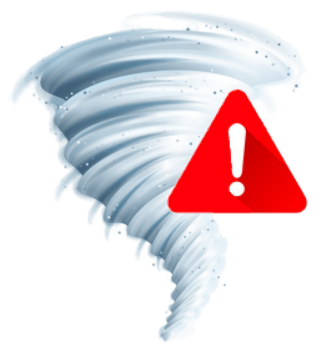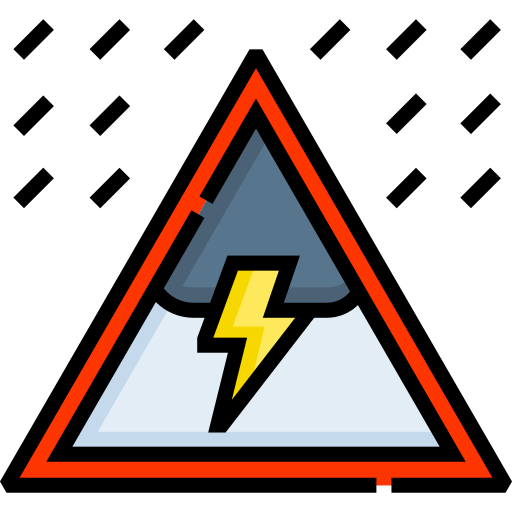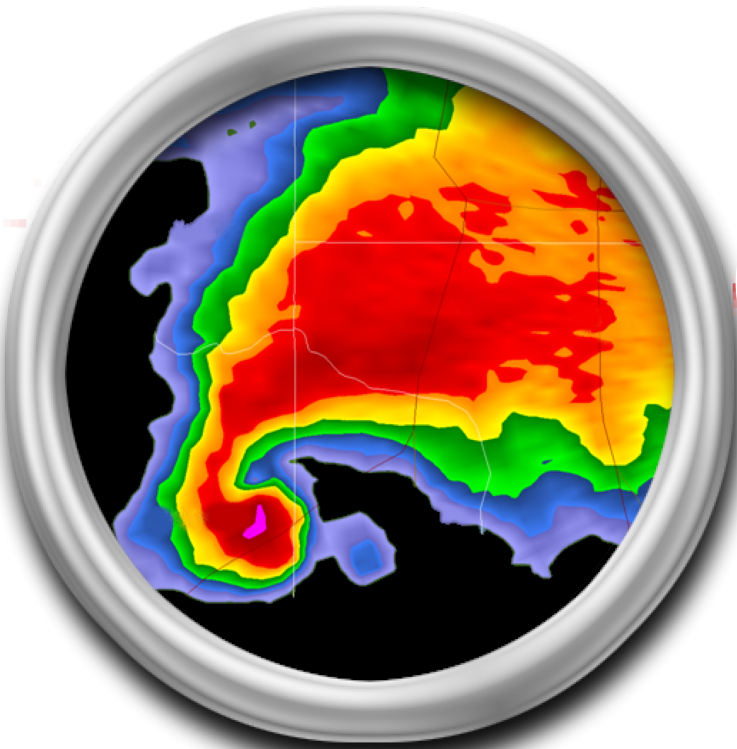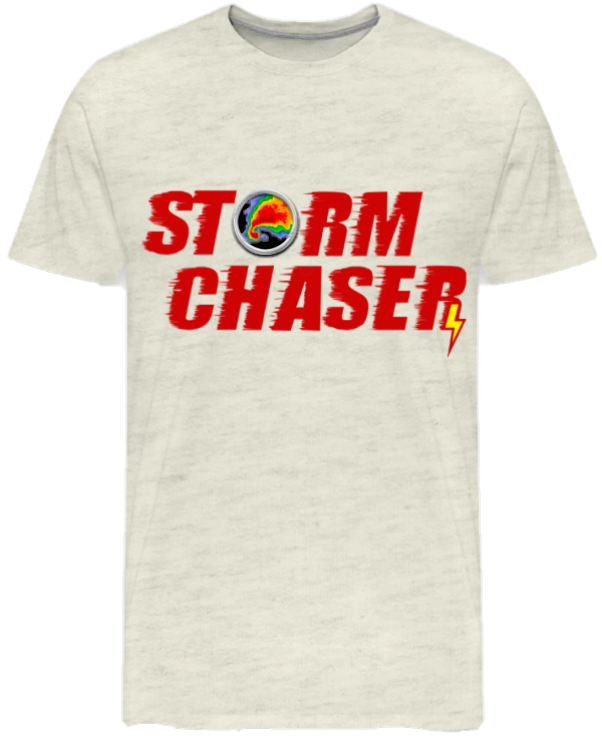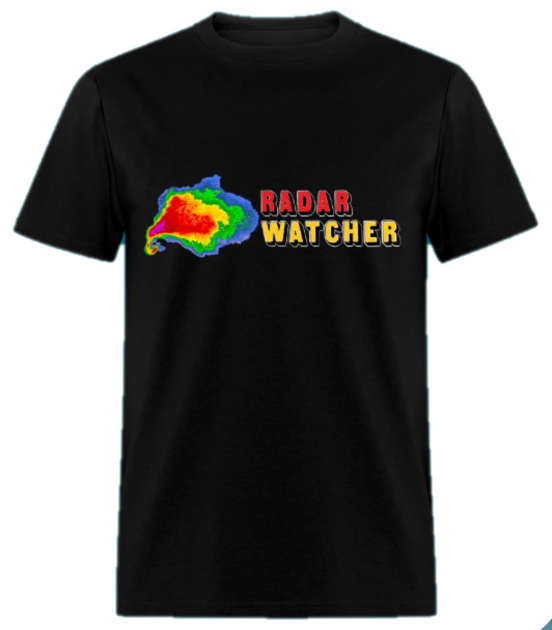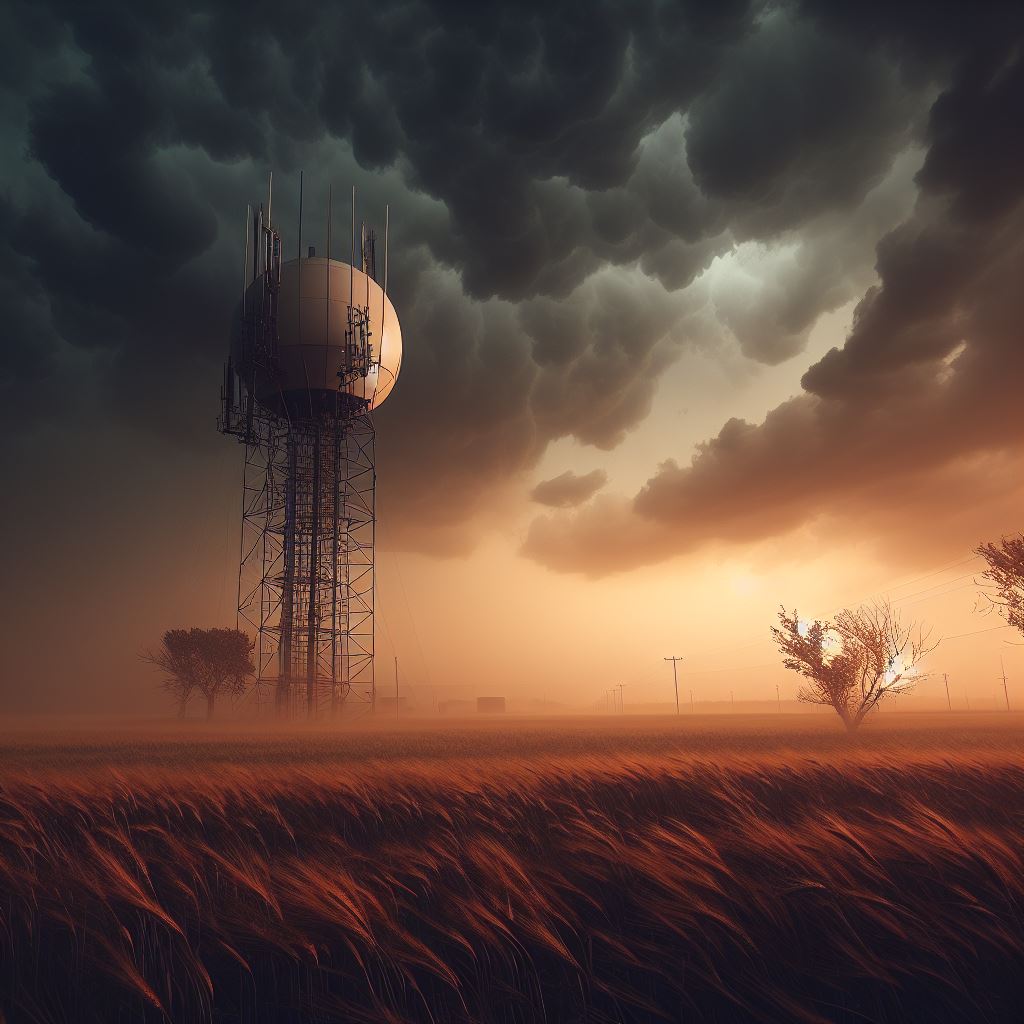
“Severe Weather Preparedness 101” serves as a user-friendly hub, providing essential information to the public about dealing with severe weather. With an accessible and straightforward approach, this page aims to equip individuals with the knowledge and tools necessary to navigate through severe weather events confidently. Severe Weather Preparedness 101 breaks down the complexities of severe weather into easy-to-understand segments. It offers insights into what severe weather encompasses, including thunderstorms, tornadoes, hurricanes, and floods. This foundational knowledge helps readers grasp the range of natural phenomena they may encounter.
To better understand your vulnerability to severe weather, the page offers practical methods of risk assessment. By considering factors such as your geographical location, local climate patterns, and past weather occurrences, you can gauge your level of susceptibility to different types of severe weather. This awareness empowers you to tailor your preparedness efforts to the specific risks you may face.
But “Severe Weather Preparedness 101” goes beyond awareness; it’s all about proactive readiness. It provides a step-by-step guide on how to prepare for dangerous weather events. This includes creating a family emergency plan, which outlines what to do, where to go, and how to communicate during a crisis. Additionally, the page emphasizes the importance of assembling an emergency kit with essential supplies like non-perishable food, water, first-aid materials, and tools.
The ultimate message of the page is one of community and shared responsibility. It encourages readers not only to prepare themselves but also to extend the knowledge and resources to their friends and family. By sharing this resource during the severe weather season, you contribute to a safety network that extends well beyond your immediate circle.
Severe Weather Preparedness 101 ultimately aims to arm individuals with awareness and readiness to face the challenges of dangerous weather events. Make sure to share this valuable tool with your loved ones to help create a web of preparedness, ensuring that everyone can navigate through severe weather with confidence and safety!
Severe Weather Basics
How do Violent Storms Form?
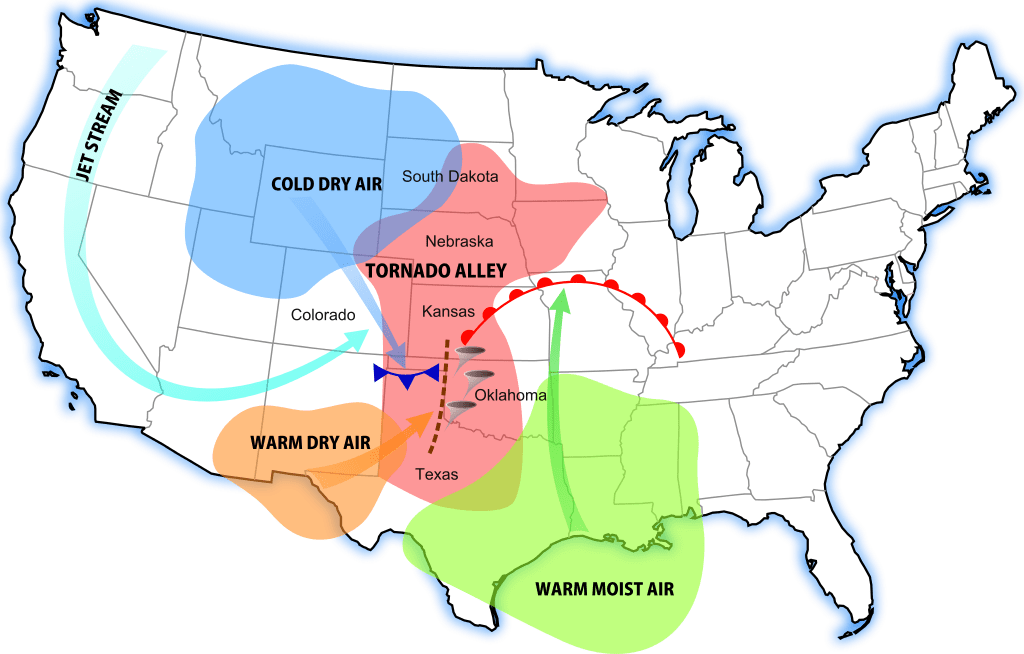
Where is Tornado Alley?-
Tornado Alley is constantly changing as forecasting and tornado research improves. The Tornado Alley is a zone of area that signifies the highest risk and most frequent number of tornadoes. Anyone in this area should be aware of storms especially since the conditions are usually more favorable for tornadoes in this region rather than in others. Of course, tornadoes still occur outside Tornado Alley but less often as records show. It is rare to see tornadoes on the coasts of America and it is most rare to see a tornado in California or Alaska.
Severe thunderstorms all start with key ingredients: moisture, warmth, and lift. For a thunderstorm to develop, it first needs to have rising warm moist air. Rising warm air moves upward in the atmosphere creating puffy cumulus clouds on its way. This will continue as long as there is lift. Lift is provided by either convective heating (the suns heating of the atmosphere) and/or by difference in air density. This is known as the updraft of the thunderstorm. At some point, the cloud will reach the CAPE. This is a layer of cold air in the atmosphere, at about 30,000 feet, which prevents cloud growth beyond that point in most cases. Many weather models can tell you the strength of the CAPE in the atmosphere on a given day. When storms become severe, they generally have to punch through the CAPE. They do this due to their strong updrafts and other various conditions. Once the CAPE is broken, the thunderstorm can continue growing. At this point, the storms warm air will condense into water droplets and begin to cool due to the cold air above. This causes sinking cold air. This sinking cold air begins to form what’s known as a downdraft. This downdraft will bring down heavy rain and most likely hail. Now we have a working severe thunderstorm.
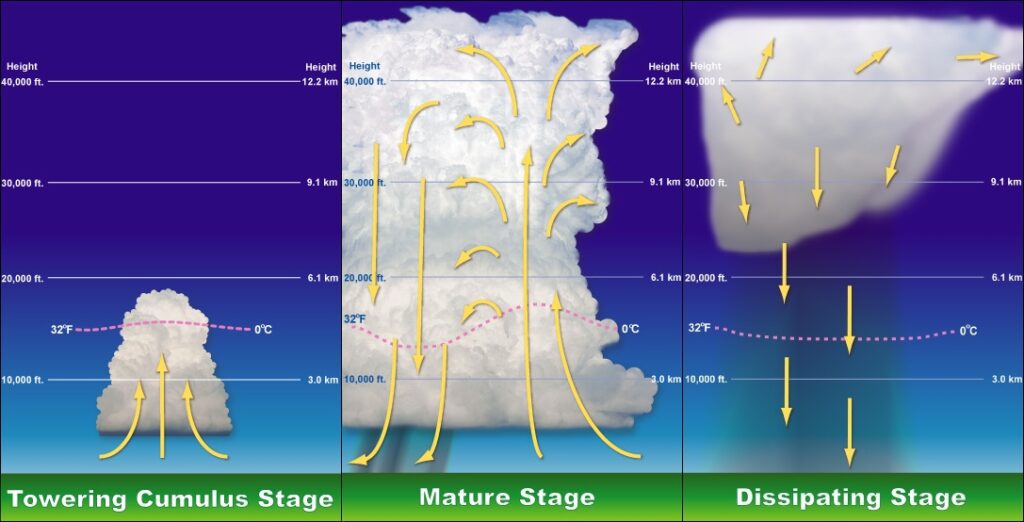
At different stages of a thunderstorm, they could turn to mesocyclonic storms. This means that the storm’s core rotates due to the wind speed differences at the different altitudes of the atmosphere (known as wind shear). This is one of the main steps in how a tornado must come to form. Let’s see how a tornado must form.
Tornado Formation
The basics of a tornado’s formation begins with the typical elements needed for storm development. Once the storm has formed, the element that really grows the storm ‘upward” is the warm, convective, moist, spring/summer air. Remember, whenever you see a cloud grow UPWARDS with towering columns, or even an “anvil-shaped” top, those are signs of a strong developing storm. Next, the storm could get the characteristics of a mesocyclone storm. A mesocyclone is formed when a strong updraft flows into a storm (all strong storms have one) and it meets with upper level winds. This is known as wind shear. Think of three air streams of wind flowing horizontally: One at 10,000 ft, the other at 20,000 ft, and the last at 30,000 ft. When you have a storm growing upwards (updraft winds with it), the updraft vertical winds will interfere with those horizontal winds more and more the higher the storm grows. This will form a rotating funnel within the storm. Back down on the surface, you may notice a wall cloud or a funnel if conditions are right. After, a tornado will potentially form. Just remember that a mesocyclone is one of the most important parts of a severe thunderstorm.
Thunderstorm Types
Supercell: A Supercell, an awe-inspiring meteorological marvel, gives rise to severe thunderstorms renowned for their sustained rotating winds fueled by a persistent updraft. This dynamic and formidable atmospheric system may unleash a variety of severe weather elements, including hail or, in more menacing scenarios, tornadoes. A defining characteristic of supercells is the presence of a mesocyclone, an enduring and deeply rotating updraft that imparts a swirling quality to these storms. Due to this distinctive feature, they are often colloquially referred to as “rotating thunderstorms.” Supercells typically maintain their intensity for a duration spanning approximately 2 to 4 hours, during which they exhibit a remarkable interplay of atmospheric forces.
Single-Cell Thunderstorm: In stark contrast, Single-Cell Thunderstorms, while occasionally potent, tend to confine their meteorological theatrics to copious rainfall and electrifying displays of lightning. These solitary storm cells typically lack the necessary energy and dynamics to foster the development of severe weather conditions or produce robust updrafts.
Squall Line: A Squall Line, a meteorological juggernaut of considerable magnitude, takes form as a formidable row of thunderstorms materializes along or just ahead of an advancing cold front. These formidable assemblages of storms are renowned for their rapid forward movement, often resulting in widespread wind damage and the potential for tornadoes. Remarkably, squall lines possess the capacity to traverse vast expanses, spanning hundreds of miles horizontally and stretching an impressive 1,000 miles from zenith to nadir.
Multi-Cell Thunderstorm: Multi-Cell Thunderstorms, on the other hand, represent intricate and multifaceted meteorological spectacles, harboring a multitude of diverse sections and individual storm cells within their convective embrace. These meteorological tapestries typically exhibit an array of anvil heads and possess the potential to evolve into formidable tempests. Notably, the life cycles of individual cells within these intricate convective systems are marked by distinct stages, including the Growing, Mature, and Dissipating phases. As a result, different portions of the storm may find themselves at various stages of development at different times, creating a dynamic landscape where certain areas exhibit heightened intensity while others wane in strength.
Storm Risks
There are several risks that come with storms and bad weather. Below are just a few examples of storm risks and the dangers they present.
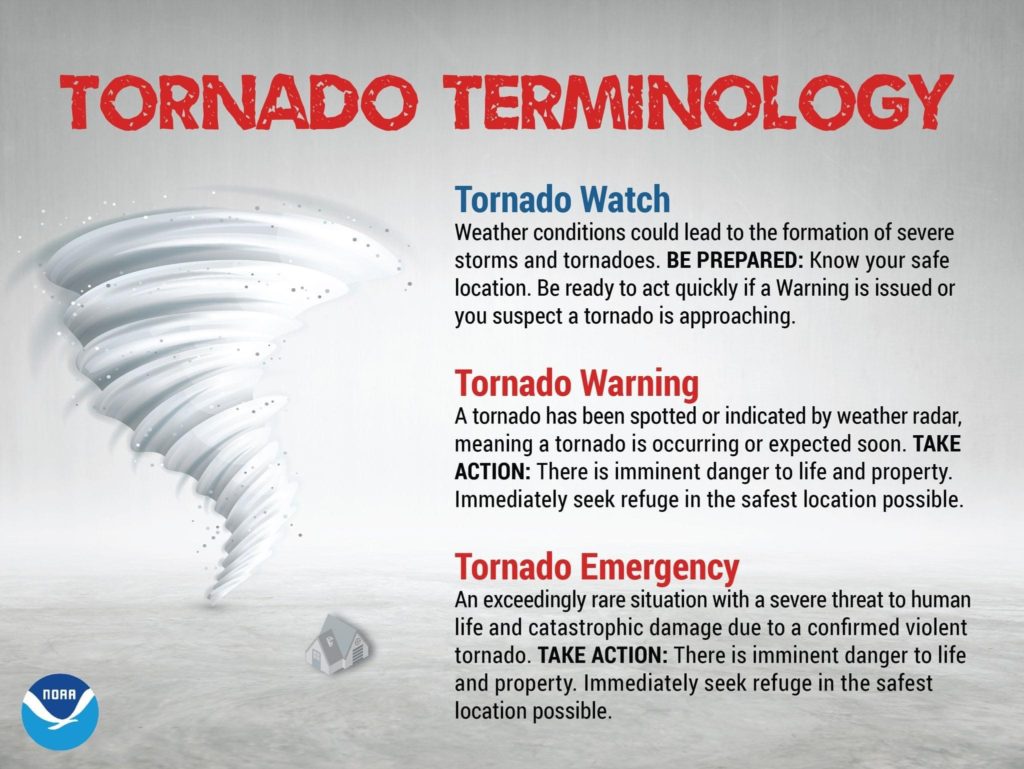
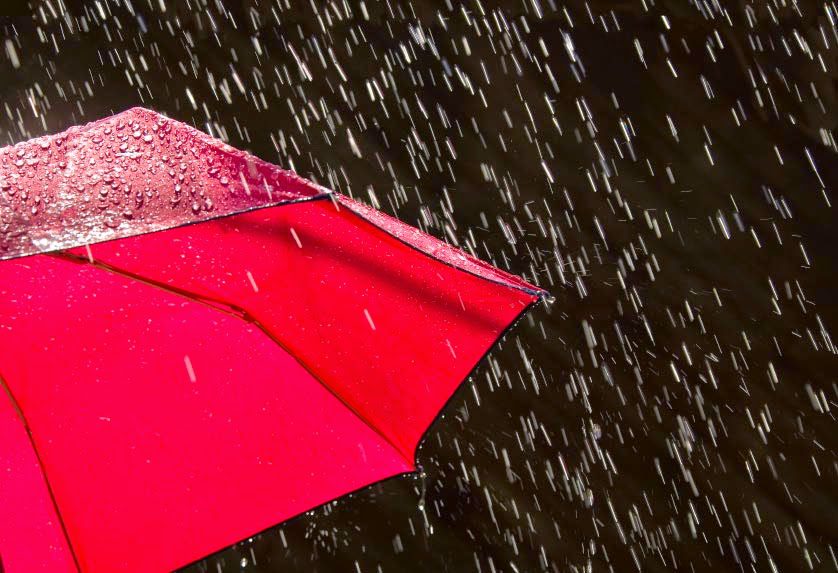
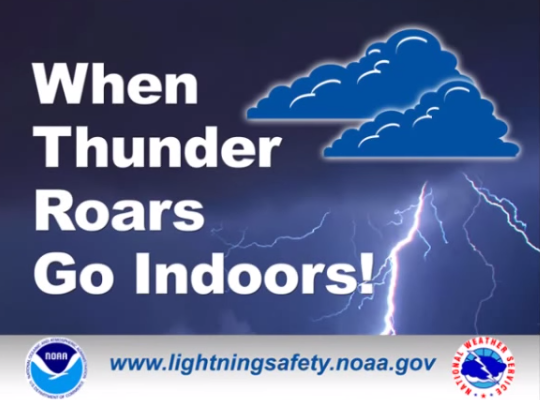
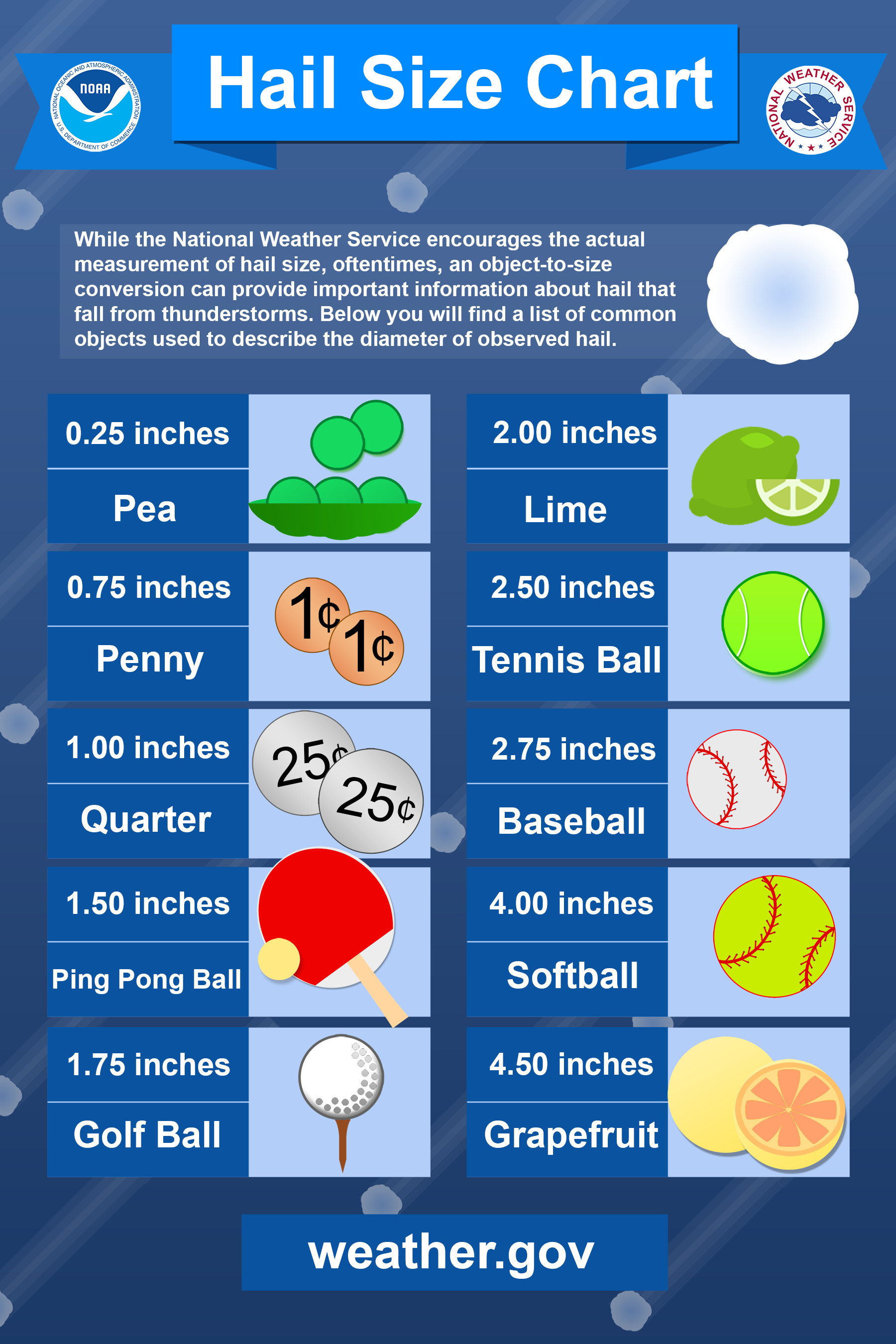
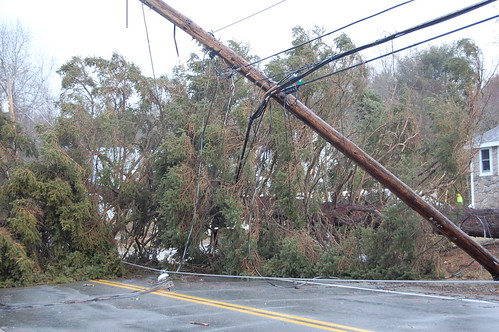
Understanding When Storms Become Severe
One of the biggest things that can benefit you if the knowledge of determining what weather you should be concerned about and what weather is not concerning. There are over 100,000 thunderstorms each year in the U.S. alone. Not all of them are severe or are concerning to your safety. So how can you know when a storm is really severe? There are several fairly simple methods you can use to approach this.
While a simple weather app can give you the forecast, not all of them will give you the details needed to help determine if severe weather will occur or not. Many find that some weather apps are very inconsistent, and they don’t give them straight answers.
There are a few alternatives that can give you information quickly.
SPC Convective Outlooks

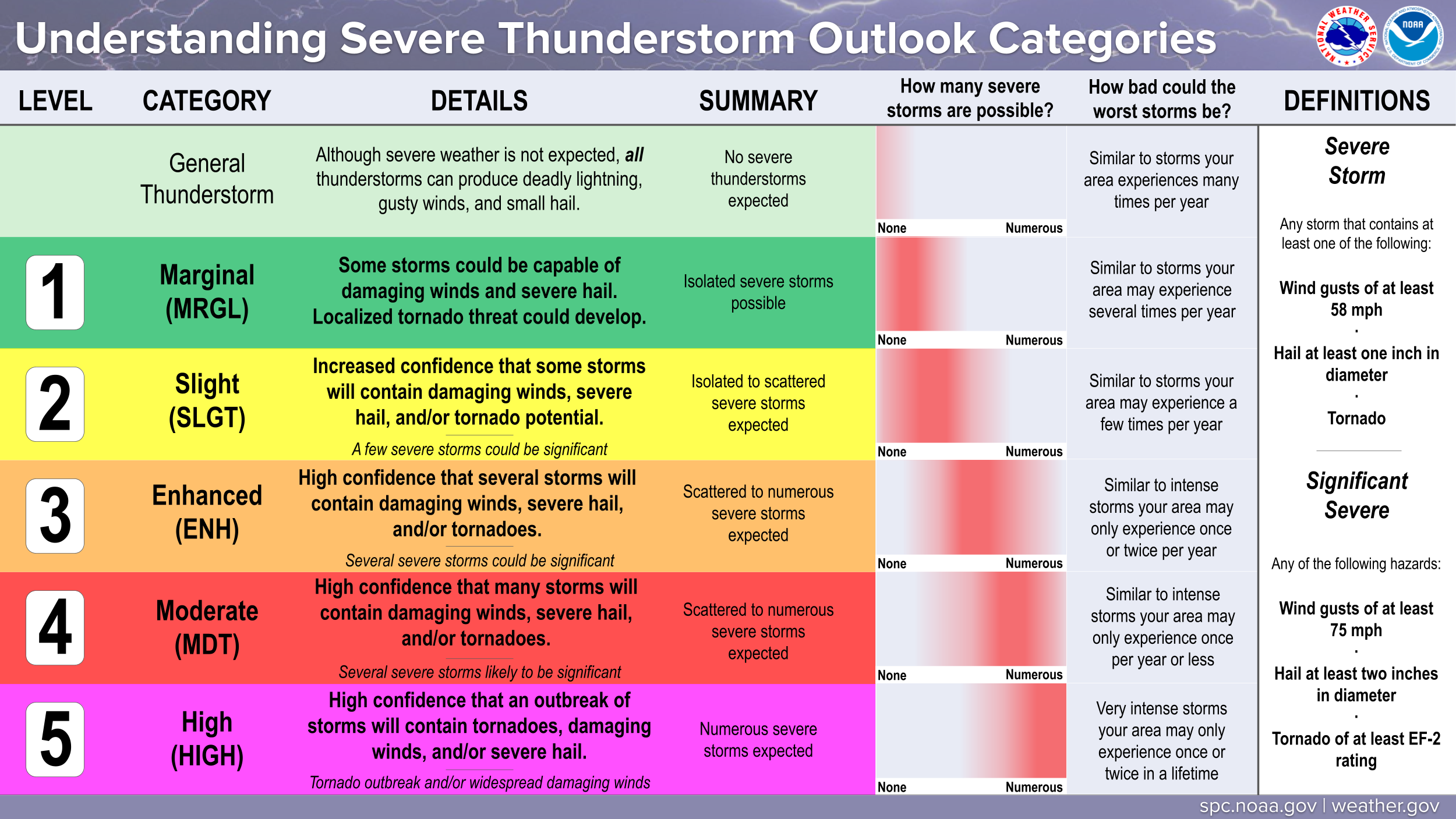
SPC outlooks are some of the best ways to determine risk levels for severe weather in your area! SPC makes it easy to understand your risks. There are 5 outlook levels:
- Marginal – Scattered storms capable of severe hail, localized damaging winds, and a low chance of tornadoes. 1 Inch hail, 60 MPH winds, and/or a weak localized tornado typically could happen in this outlook level.
- Slight – Increased confidence that some storms will be severe with higher a risk of severe hail, damaging winds, and/or tornadoes than the previous outlook level. 1-2 Inch hail, 70 MPH winds, and/or a couple weak tornadoes typically could happen in this outlook level
- Enhanced – High confidence that many storms will be severe with higher a risk of severe hail, damaging winds, and/or tornadoes than the previous outlook level. 2-3 Inch hail, 70-80 MPH winds, and/or a couple tornadoes typically could happen in this outlook level
- Moderate – High confidence that most storms will be severe with a much higher risk of severe hail, damaging winds, and/or tornadoes than the previous outlook level. 3-4 Inch hail, 80 MPH winds, and/or a few tornadoes (some strong) typically could happen in this outlook level
- High – Very high confidence that a severe weather outbreak will occur in this area with a much higher risk of severe hail, damaging winds, and/or tornadoes than the previous outlook level. 4+ Inch hail, 80+ MPH winds, and/or several strong tornadoes (some very violent) typically could happen in this outlook level. This outlook is usually very rarely issued (1-2 times a year for the US)
SPC has several days that it displays outlooks for the public. Days 1-3 show convective outlooks levels (above), and Days 4-8 are % chances of severe weather. It is fairly unlikely that there are risk areas for Days 4-8 due to the fact long range severe weather forecasting can be inaccurate sometimes.
Day 1-2 displays the convective outlook levels and also the % chance of specific threats like hail, wind, and tornadoes.
See all of SPC’s outlooks displayed on WC’s page SPC Outlooks!
National Weather Service Forecasts
The National Weather Service of Fort Worth Texas issues weather graphics and info graphs daily for the area. Many of these graphics are for severe weather watches, alerts, and predictions for coming storms. These can be very helpful and are extremely easy to understand and interpret. WC has a slider of all the latest NWS forecasts on its homepage! Some of these graphics are so much more helpful than weather apps when it comes severe weather forecasting. You can get a ton of information for the next coming days for severe weather risks by just going to NWS FTW!
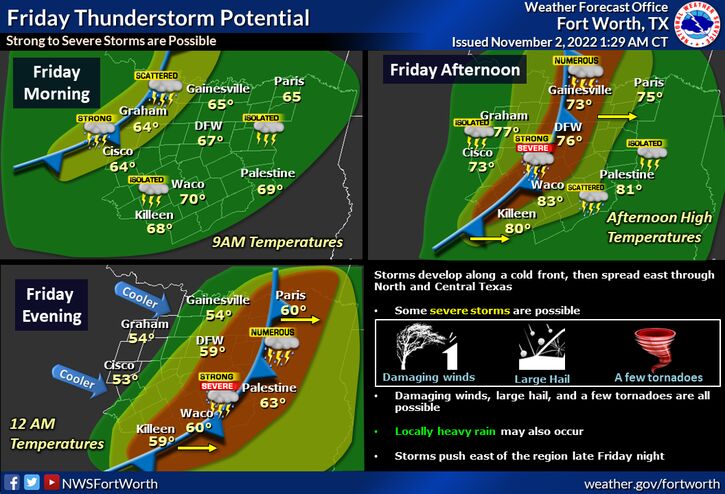
High Quality Radar App
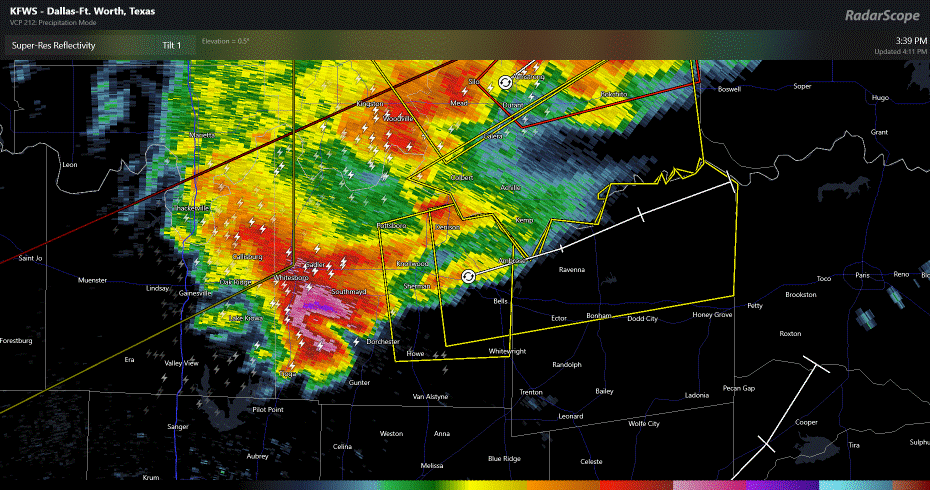
Radar Scope is one of the most affordable advanced weather radars for weather lovers and storm chasers! It includes many useful features for tracking storms and has very high detailed reflectivity layer which provides accurate storm location and storm analysis! WC is a proud user of Radar Scope and encourages you to get Radar Scope as well! Not only is this radar great for the general public, but storm chasers can use this radar too, especially new storm chasers! It doesn’t take long to learn how to operate this radar and you can always upgrade your plan later to access more features!
Radar Scope is only a one-time payment of $10 for an IOS device and $30 for Windows! Upgrading to Tier I or Tier II will unlock you more benefits and features in the app if you choose to upgrade. Click below to download the app for yourself!
There are a couple other professional radars WC would like to mention:
The first radar WC would like to mention is Omega Radar. It is a fairly newer radar and has been gaining popularity fast lately. It includes a lot of features similar to Radar Scope and it is trying to compete with Radar Scope in many ways. There are several amazing features like 3D radar that Omega Radar offers that others don’t! While the cheapest plan is $49.99/year, Omega Radar is still a good second option.
This last radar WC would like to mention is hands down the most complex advanced radar out there for the general public to use. It is called WSV3. This radar offers the most complex and advanced features any radar could offer for the public. It even takes a good computer to run this radar. This just shows the amazing power of this program. While spending $240/year to own this radar may not be worth it for most people except for storm chasers, this radar is definitely the most advanced out there. WC highly recommends this radar for professional storm chasers who are willing to up their game and invest a little bit of money.
(ADVANCED) Pivotal Weather Models
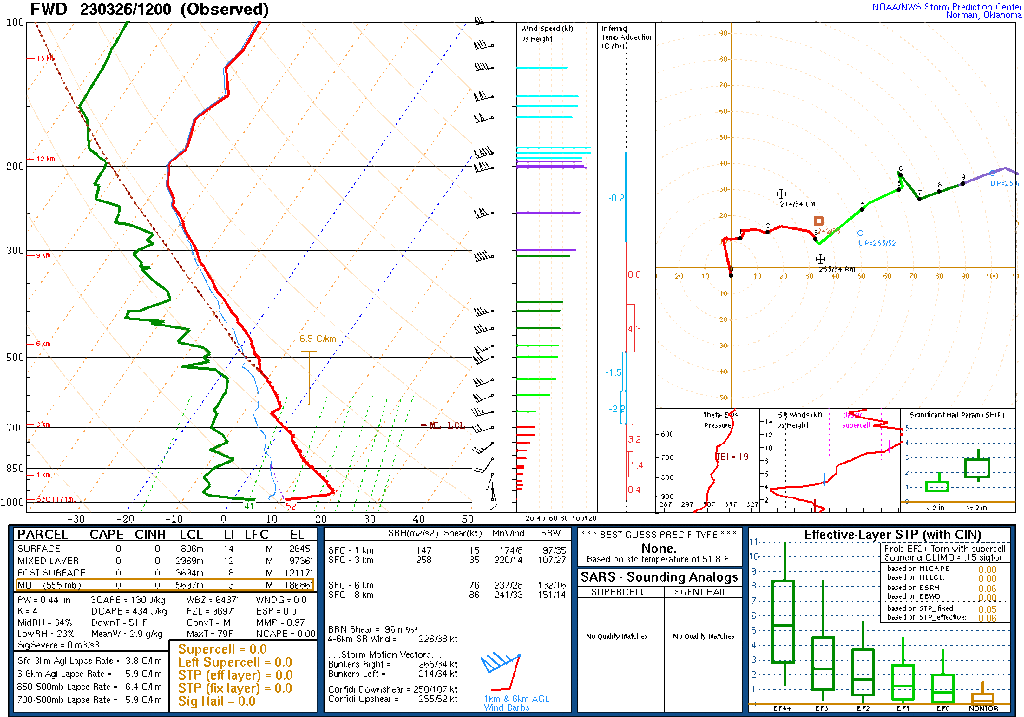
How to Read Weather Soundings
For the advanced few out there, this page is for you! Learn some of the basic ins and outs of a weather sounding. Remember a weather sounding is a compilation of data collected from weather balloons that are launched at hundreds of locations all around the US. If you want to read the page, click on the button below!
—
Understanding Warnings

- 📑Outlook: An outlook means a form of severe weather is possible for that given area in the next 5-7 days. Generally seen in the form of hazardous weather outlooks or other forms. Also can be a convective outlook issued by SPC which indicates risk level areas for severe weather that day.
- 🚩Advisory: Typically used to describe a weather event that is likely to occur, for example a Wind Advisory. Advisories are commonly and typically only issued for non-severe weather events.
- 🛑Watch: A watch means that conditions are favorable for severe weather. Storm can develop in the next few hours and can become severe quickly. Each watch issued has different hazards listed for what to expect in the storms. Watches are typically issued a couple hours before the first storms begin to develop and turn severe.
- ⚠️Warning: A warning is issued when there is an ongoing imminent threat to that location of severe weather. Action must be taken IMMEDIATELY!
What are Outdoor Sirens?
Outdoor warning sirens are made to protect the general public from dangerous weather. Many believe they are only sounded for tornadoes. That’s not true. These sirens, while they are mostly sounded for tornadoes, can be sounded for very large hail and damaging winds. These sirens are sounded first to warn people who are outdoors or traveling. It is loudest for them, so immediate action is needed in order to get indoors and safe. People indoors should heed the warning and enter their safe room in their home immediately. If the siren is for large hail, do NOT be by any of the windows of your home. For both tornadoes and high winds, seek shelter in the safe room of your home immediately.
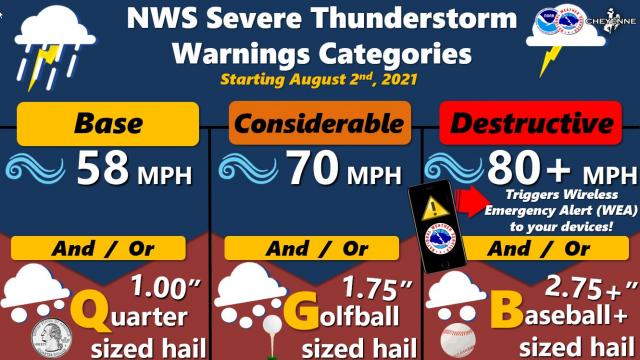
What Never To Do
⚠️Never Be Unprepared for Severe Weather!
When severe weather strikes, you will want to be prepared! Following the latest weather sources like WC discussed above will save you from un-wanted surprises in the future when it comes to severe weather. No one wants to be caught out in a tornado while driving down the highway, yet many are! Knowing what to expect will allow you to plan ahead so that you can stay home if possible, shift your day schedule around, or plan alternate travel routes to ensure you can stay safe during an active severe weather day!
⚠️Never Try to Spot a Tornado!
When outdoor warning sirens are blaring and a tornado warning is issued for your area, some people’s curiosity gets the best of them. Please DO NOT go outside to try to spot a tornado! Not only is this extremely dangerous, but you will likely not even be able to spot the tornado. Many tornadoes can be rain wrapped or hidden by tall trees or structures. Many can be sudden and approach out of no-where. Night tornadoes are essentially impossible to see. Just don’t do it! Get to your safe room immediately and follow your local weather news for information!
⚠️Never Ignore Warnings!
Warnings are made for your protection! Warnings usually indicate life threatening severe weather that is imminent for your location. It is important you act immediately since warning time isn’t always very long! While you may not want to always follow the warning, just think of it as a safety precaution that can save your life. Think what would happen to you if you never took the necessary safety precautions and you got caught off guard by extreme hail or a tornado? Warnings save lives, and so can you if you follow them and encourage your friends and family to as well.
5 Ways to Prepare for Severe Weather
1. Have a Storm Plan
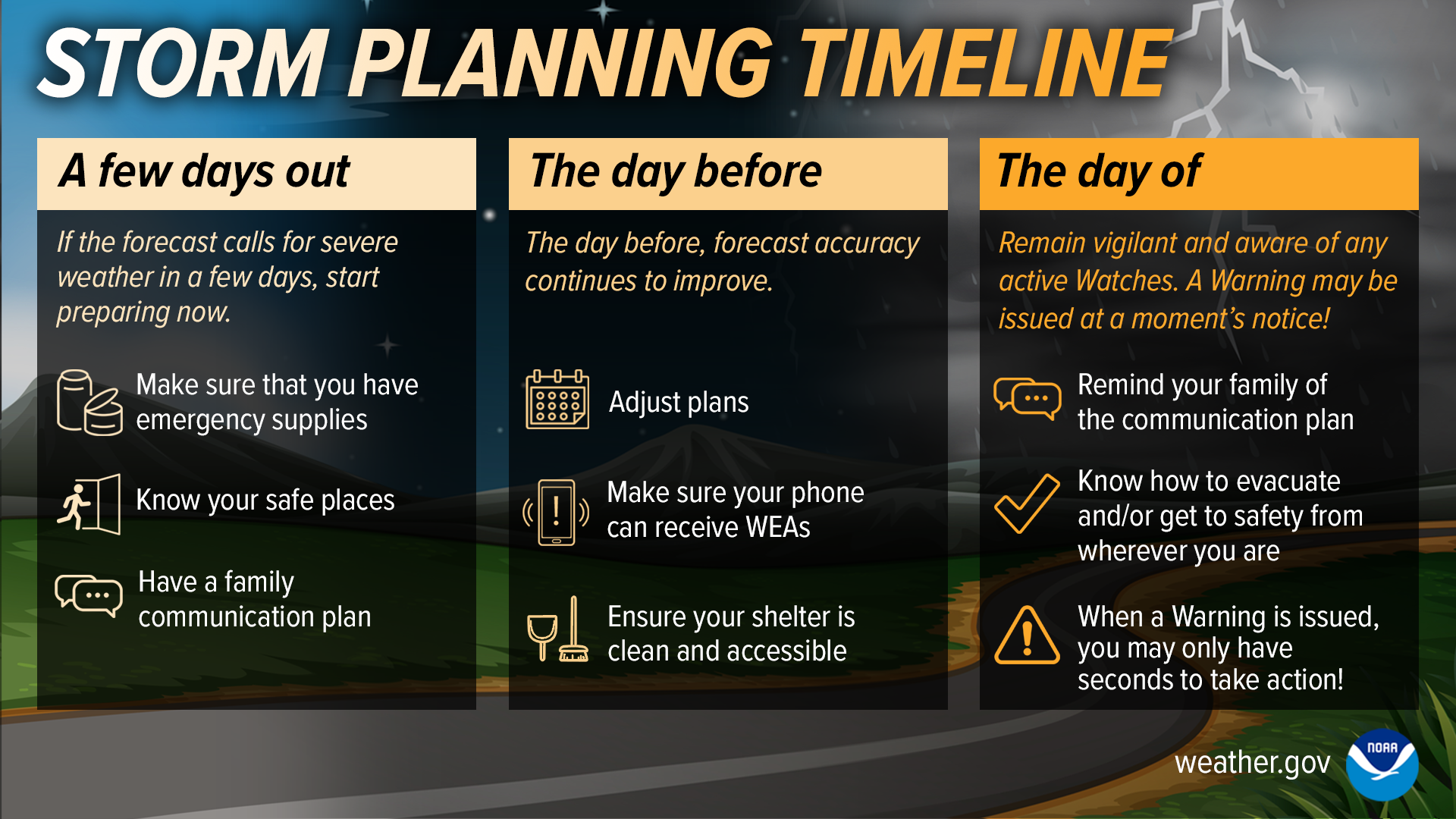
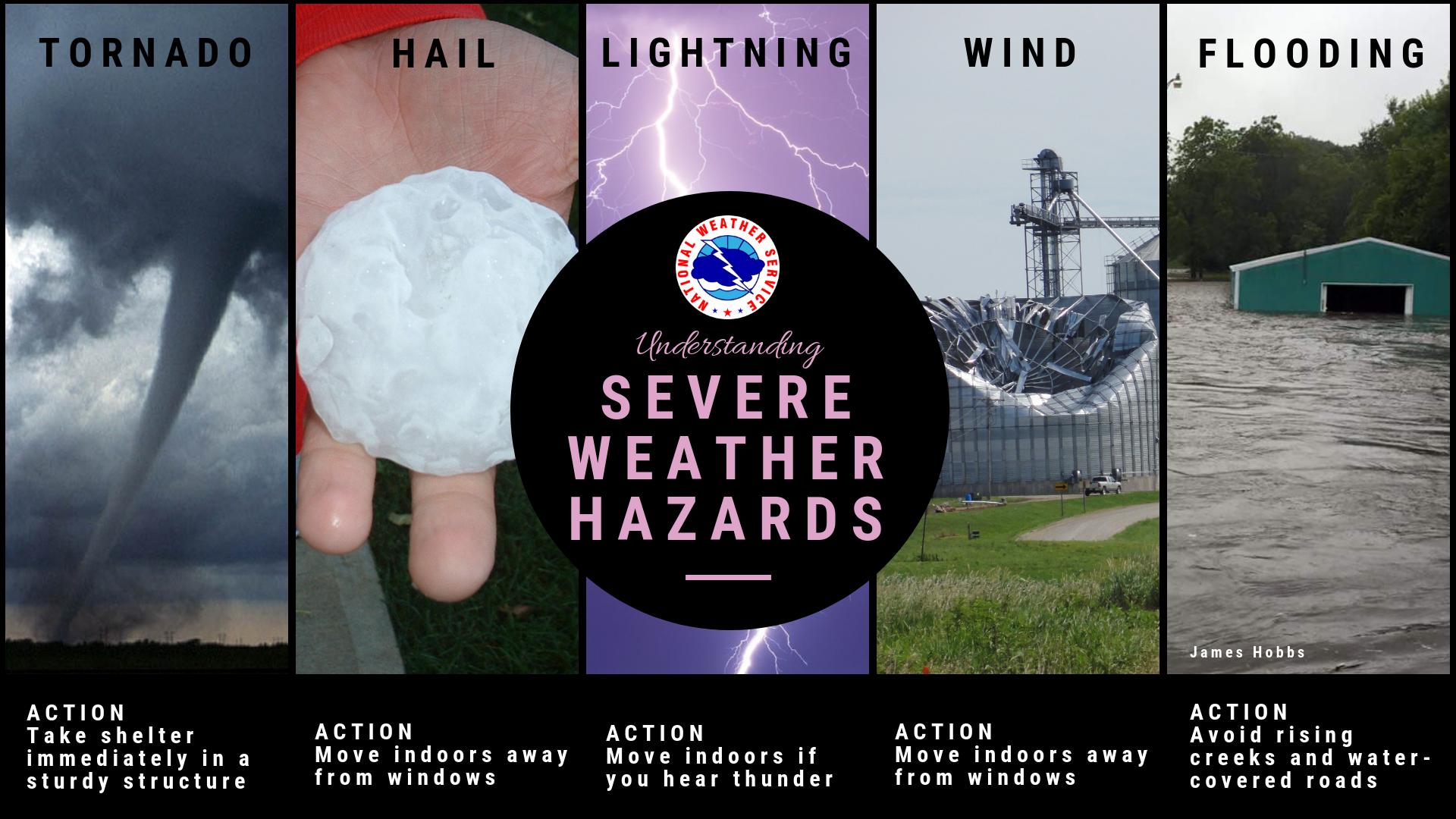
2. Understand Possible Weather Hazards
3. Have a Way to Receive Weather Warnings
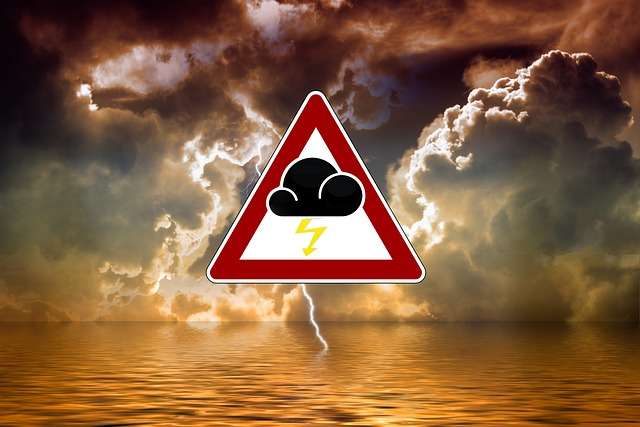

4. Tune into your local Weather News Channel
5. Understand Weather Models
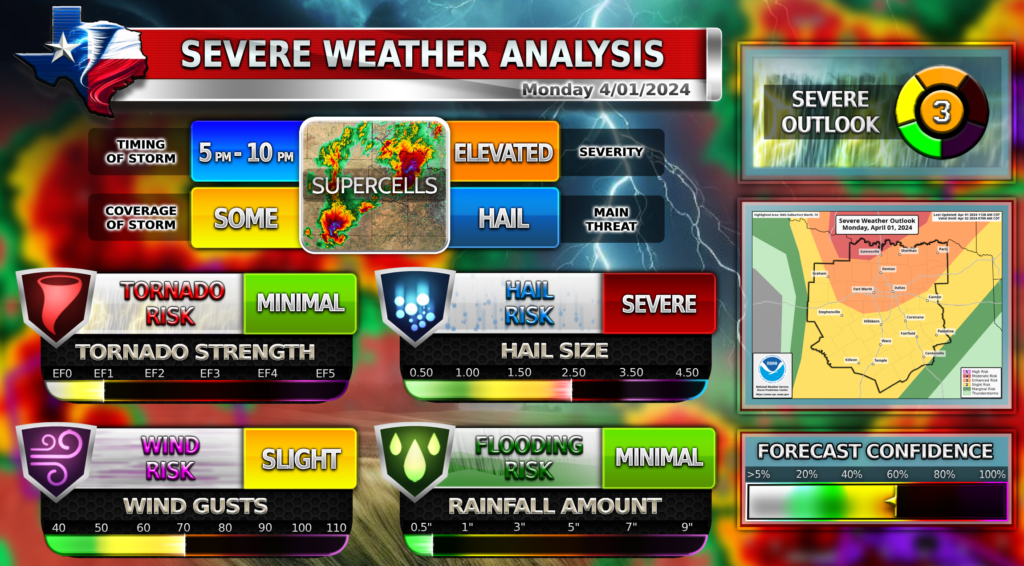
After the Storm
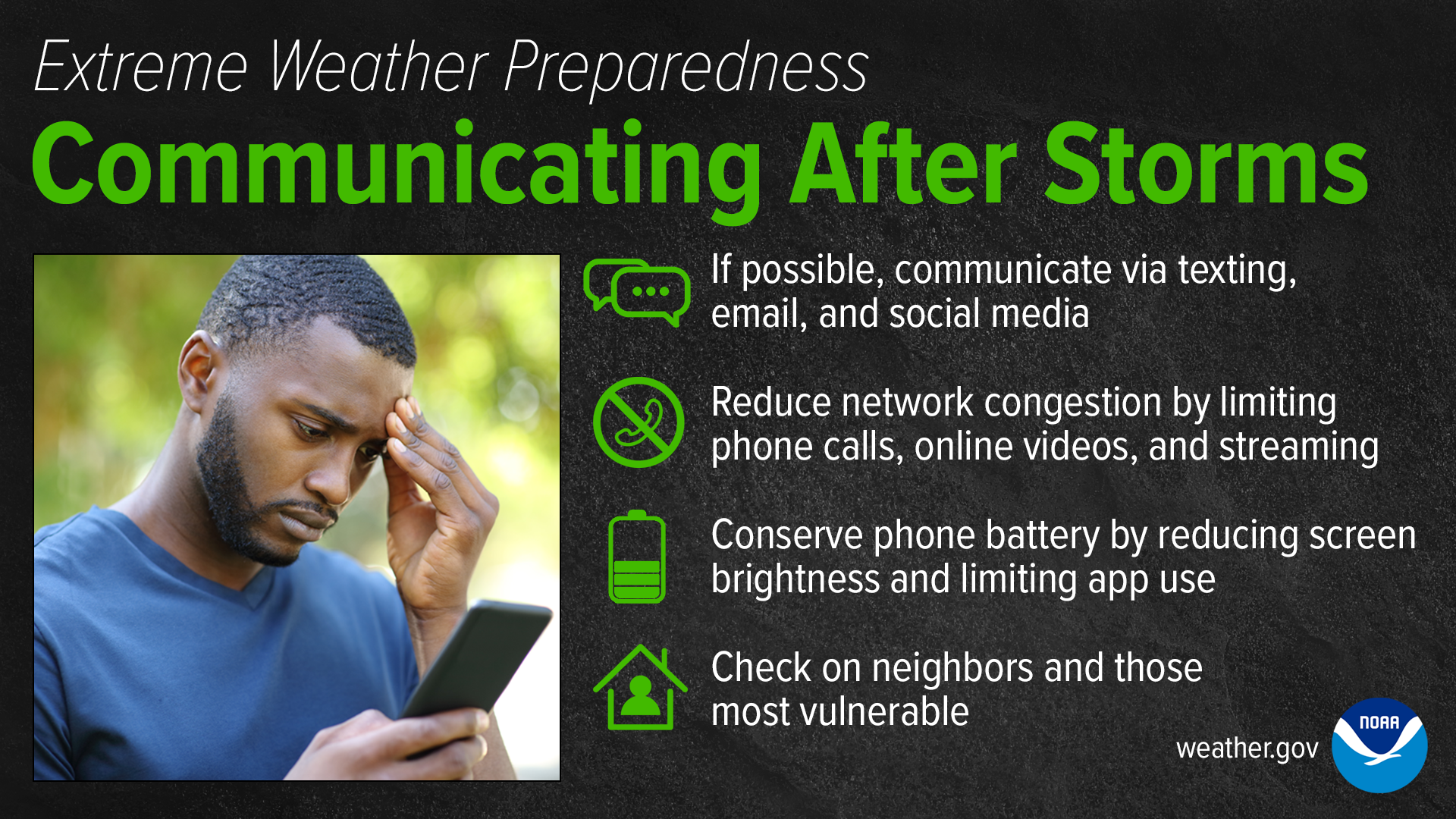
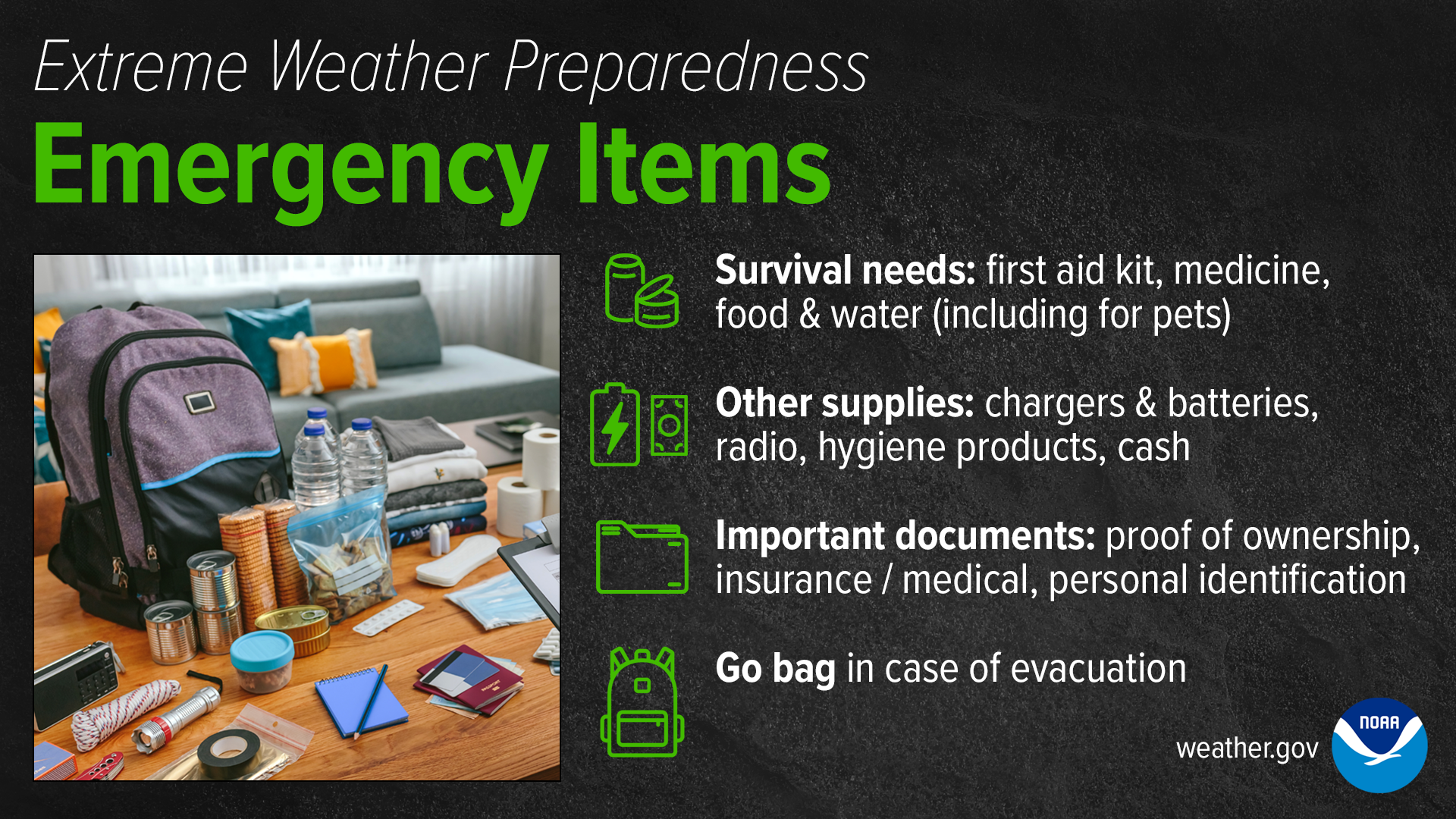
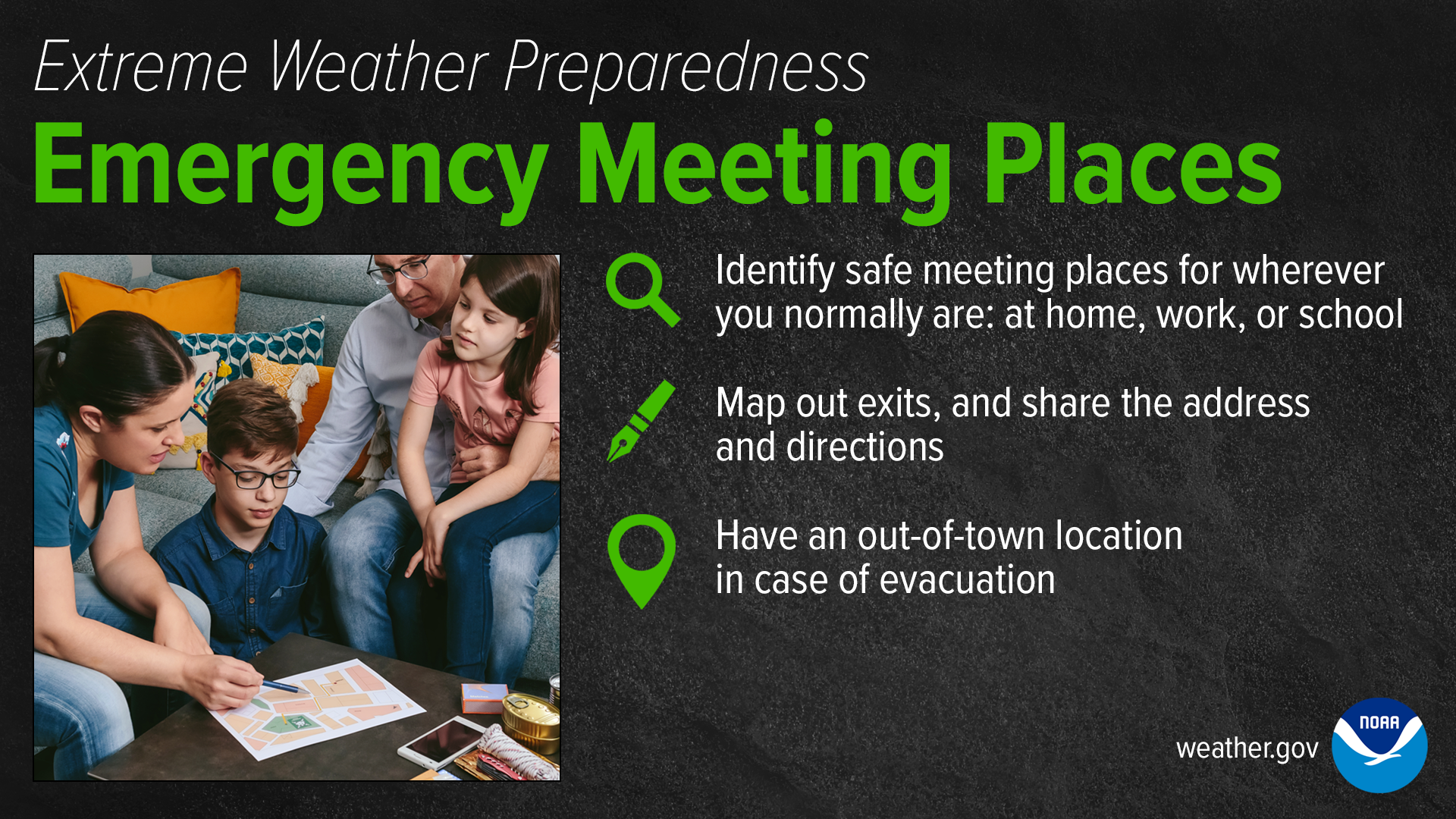
Strong Wind Safety Tips
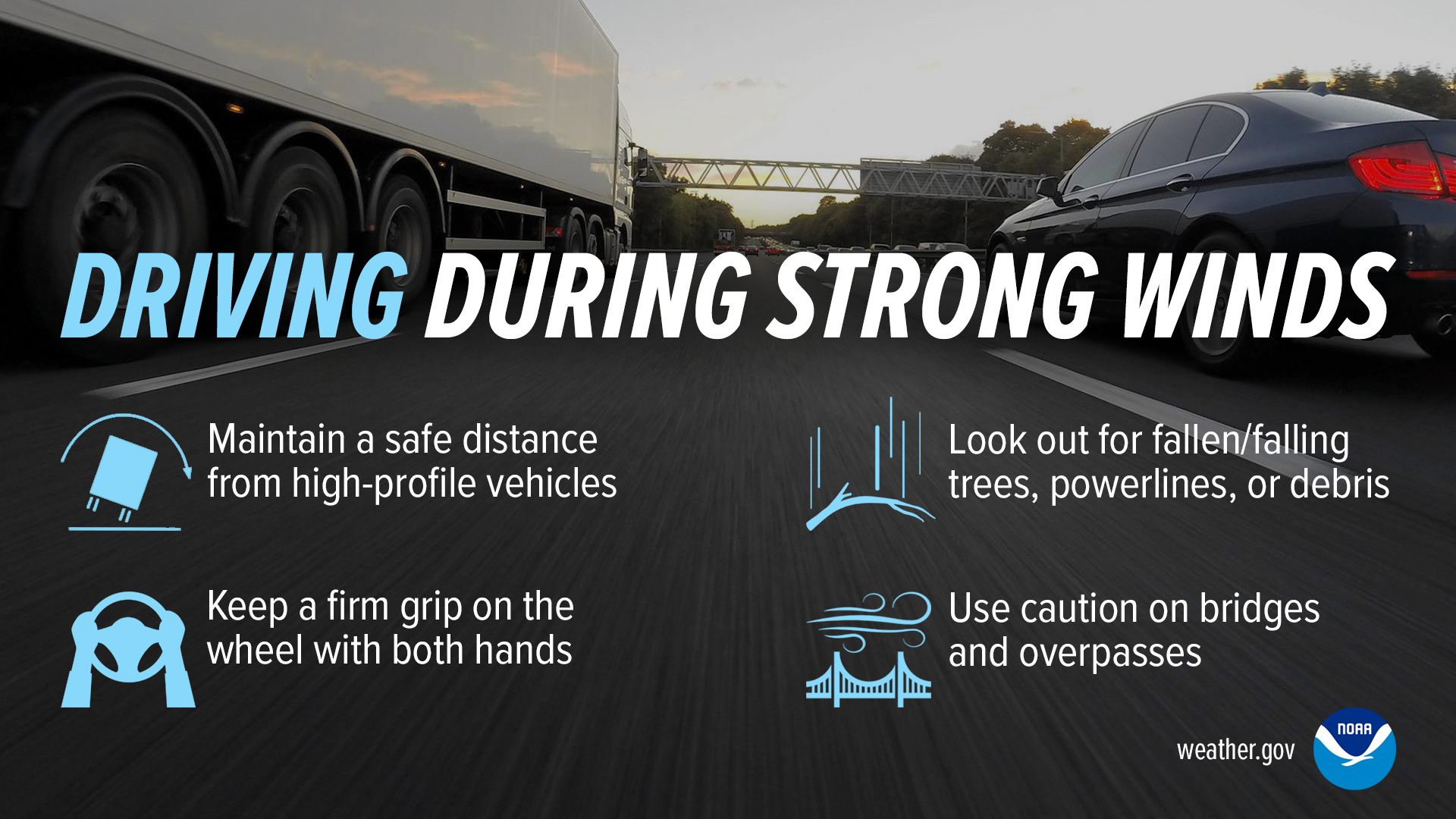
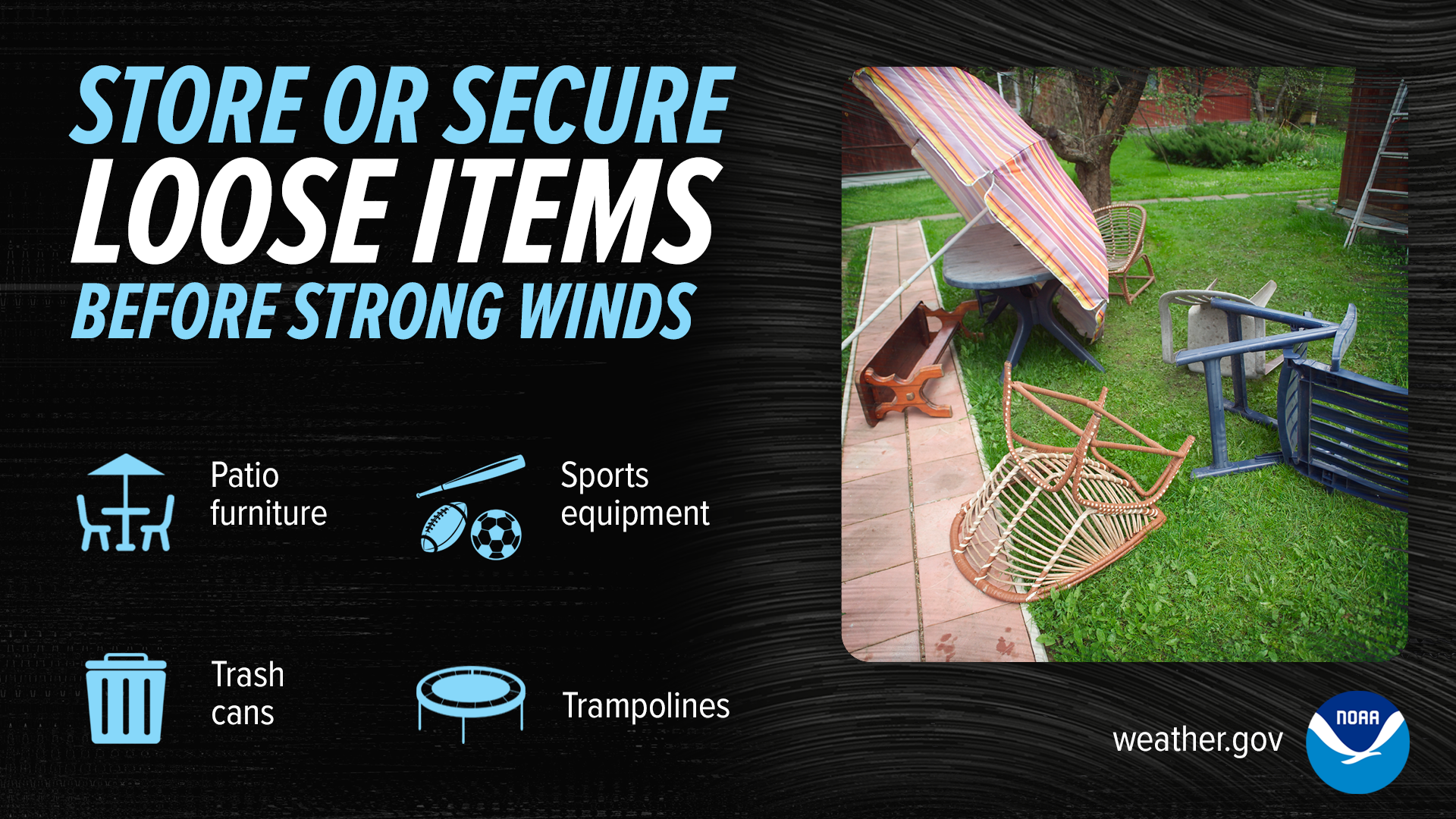
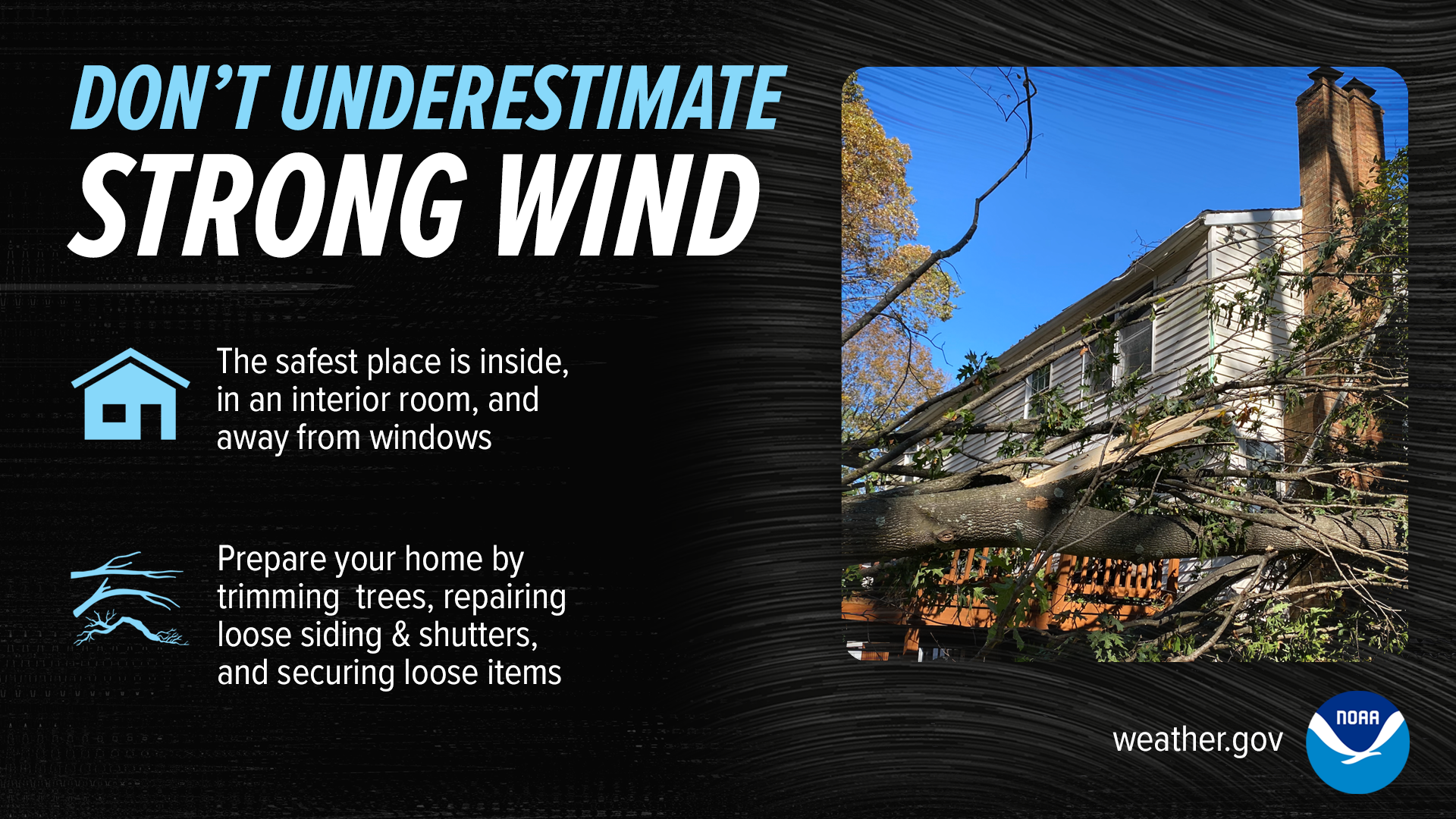
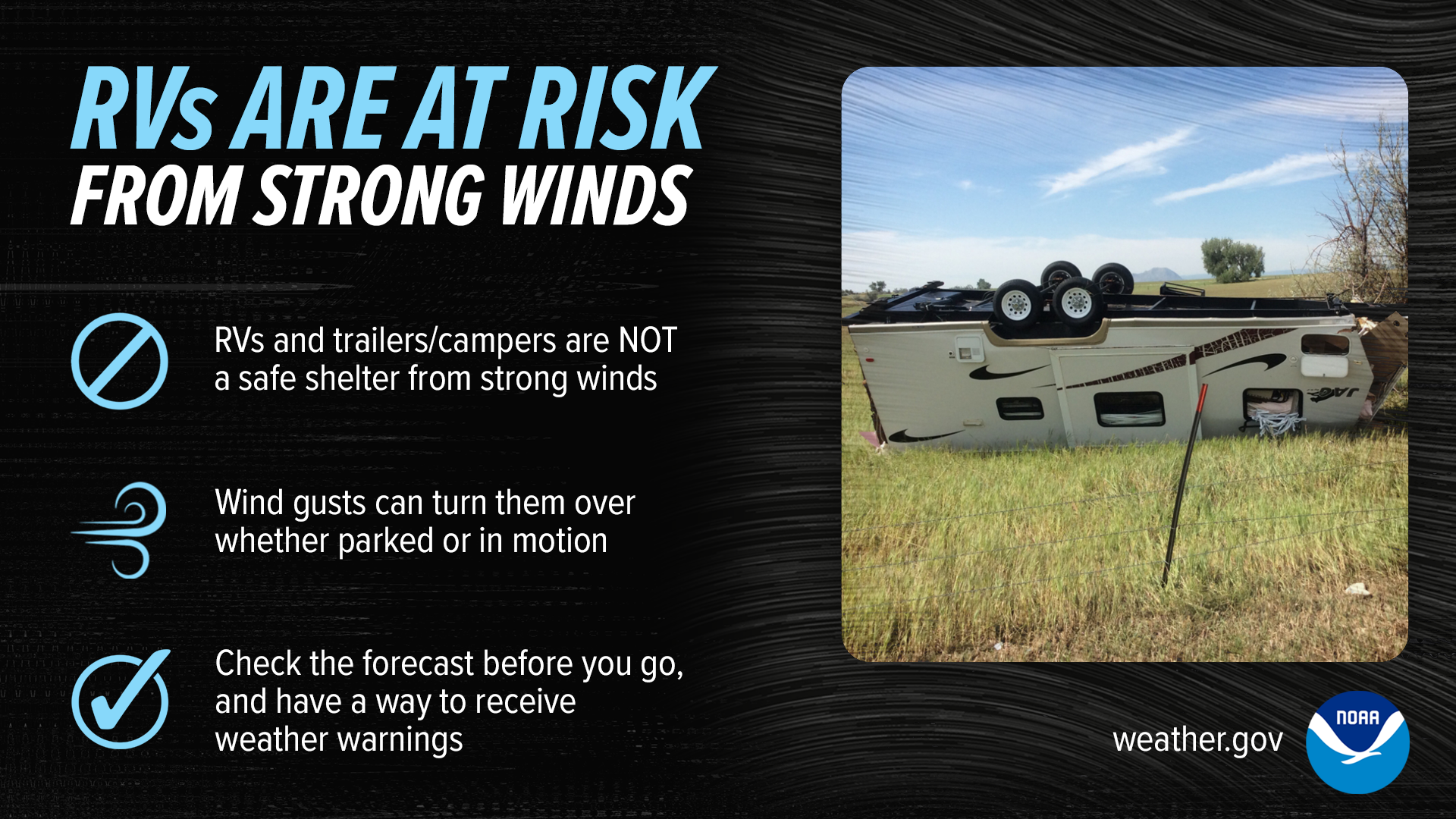
Conclusion
Severe weather preparedness is the process of planning and taking proactive measures to safeguard individuals, communities, and property from the potentially hazardous and often unpredictable effects of extreme meteorological events. These events can include thunderstorms, tornadoes, hurricanes, floods, winter storms, wildfires, and more. The objective of severe weather preparedness is to minimize the risks and enhance the resilience of individuals and communities in the face of these natural disasters.
Why We Should Be Prepared for Severe Weather:
- Safety: The primary and most compelling reason for severe weather preparedness is the safety of human life. Severe weather events can be life-threatening, and preparedness measures can significantly reduce the risk of injury or death.
- Property Protection: Preparedness helps protect homes, businesses, and valuable possessions from the potentially devastating effects of severe weather. Mitigating property damage can lead to substantial cost savings and faster recovery.
- Economic Resilience: Being prepared can help reduce the economic impact of severe weather events. Businesses and communities that are prepared are better equipped to recover quickly, ensuring minimal disruption to local economies.
- Public Health: Adequate preparedness can help minimize the impact on public health during and after severe weather events. This includes access to medical care, safe drinking water, and sanitation facilities.
- Environmental Stewardship: Preparedness measures can also have positive environmental implications. By preventing hazardous materials from being released during disasters, we reduce potential harm to ecosystems and the environment.
How to Be Prepared for Severe Weather:
- Stay Informed:
- Monitor weather forecasts from reliable sources like the National Weather Service (NWS), local news, or weather apps.
- Sign up for weather alerts and warnings specific to your location.
- Create a Family Emergency Plan:
- Develop a family emergency plan that includes designated meeting points, communication plans, and evacuation routes.
- Ensure that all family members are aware of the plan and practice it regularly.
- Build an Emergency Kit:
- Assemble a well-stocked emergency kit that includes essentials such as non-perishable food, water, a first-aid kit, flashlights, batteries, a multi-tool, and important documents.
- Secure Your Home:
- Make structural improvements to your home, such as reinforcing the roof and windows.
- Secure heavy items to prevent them from becoming projectiles in high winds.
- Know Shelter Locations:
- Identify safe locations in your home or community where you can take shelter during severe weather, such as basements or storm shelters.
- Insurance Coverage:
- Review your insurance policies to ensure you have adequate coverage for severe weather-related damage.
- Understand your deductibles and policy limits.
- Emergency Contacts:
- Keep a list of important contacts, including family members, local emergency services, and medical professionals, readily available.
- Practice Drills:
- Regularly conduct severe weather drills with your family to ensure everyone knows how to respond in an emergency.
- Stay Connected:
- Keep a battery-powered or hand-crank radio to stay informed when power is out.
- Have backup chargers for mobile phones to maintain communication.
- Evacuation Plan:
- If you live in an area prone to hurricanes, flooding, or wildfires, have an evacuation plan in place, including transportation options and a destination.
- Community Resources:
- Familiarize yourself with local community resources, such as emergency shelters and evacuation routes.
- Help Neighbors:
- Check on neighbors, especially those who may have difficulty preparing or evacuating on their own, and offer assistance.
What to Do During Severe Weather:
- Listen to Authorities:
- Follow the guidance and instructions provided by local authorities and emergency services. These professionals have the expertise to help keep you safe.
- Take Shelter:
- Move to a safe location as planned in your family emergency plan, such as a basement or an interior room on the lowest floor of a sturdy building.
- Stay Informed:
- Continue to monitor weather updates and alerts for any changes in the situation.
- Use Emergency Kit:
- Use your emergency kit, including food, water, and medical supplies, as needed.
- Report Emergencies:
- If safe to do so, report emergencies to local authorities and emergency services to ensure timely assistance.
- Do Not Drive:
- Avoid driving during severe weather, as road conditions may be hazardous. If you must drive, use extreme caution.
- After the Storm:
- After the severe weather event has passed, assess your surroundings for damage and check on neighbors.
- Follow any post-storm safety guidelines provided by authorities, especially in the case of flooding or downed power lines.
In conclusion, severe weather preparedness is a shared responsibility and a fundamental aspect of community resilience. By staying informed, having a clear plan, and being proactive, individuals and communities can effectively mitigate the impact of severe weather events and increase their ability to bounce back from adversity. Preparedness is not just a precaution; it’s a powerful means of protecting lives, property, and the well-being of entire communities.
Resources
WC Merch

Learn More Weather 101!
Types of Weather Section was made to inform viewers about all forms of severe weather that may be experienced or discussed about in WC posts! Here you can become weather aware and feel more prepared for severe weather! Each section includes details, graphics, videos, and resources to help the reader fully grasp the information given to them. Read more today!
[jp_post_view]
